Béla Barényi: Pioneer of Passive Safety at Mercedes-Benz
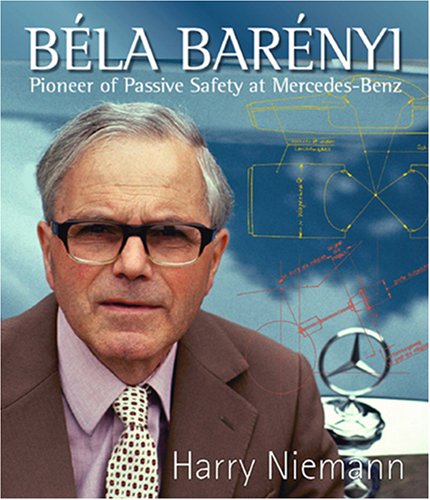 by Harry Niemann
by Harry Niemann
Born into the age of the horseless carriage young Barényi had a knack for engineering and an uncommonly acute awareness of unintended safety hazards—so he built himself a racing sleigh with a padded steering wheel! with hundreds if not thousands of patents to his name, one of his innovations may well have saved your life.
This is a biographical book about an important auto safety pioneer considered the father of “passive safety” and includes an overview of Mercedes-Benz contributions to the world of automotive safety.
Béla Barényi (b. 1907) began his career at Daimler-Benz in 1939 as an automotive design engineer and by 1955 he had worked his way up to be the manager of the pre-production engineering shop where safety ideas were nurtured and developed. Barényi obstinately pioneered the unglamorous field of “passive safety” which has since become the saving grace of the world auto industry. These are the features that protect today’s car’s occupants in a crash such as airbags, safety belts, interior padding, energy-absorbing steering columns, side guard beams, crash energy management, roof crush strength, etc.
Barényi explored many practical auto safety measures, but the “crush zone” or “crumple zone” concept was his most important contribution. This idea consisted of a (1) rigid shell to protect passengers from structural failures and (2) front and rear energy cells specifically designed to absorb the majority of the kinetic energy of the crash. This approach minimized the secondary crash forces experienced by the occupants. This energy management principle is now standard in every car made throughout the world and has saved countless lives.
This was realized for the first time with the production 1959 M-B 220 SE, Series W111. The 1968 M-B 280 S/SE (Series 108) was considered to have the best “passive safety” design on the market at the time. Other products that were designed this way included the 1976–1986 M-B Series W123 chassis automobiles. Barényi is accredited with other M-B auto safety innovations which include the platform chassis, concealed windshield wipers, safety steering column and pagoda roof. A 1993 Mercedes-Benz advertisement announced, “No one man in the world has given more thought to car safety than this man.” Béla Barényi was inducted into the Automotive Hall of Fame in Dearborn, MI, in 1994.
The author, Dr. Harry Niemann, was the head of the Daimler-Chrysler AG corporate archives and corporate history department from 2001–06, and before that, served 10 years as the head of Mercedes-Benz archives, one of Europe’s largest industrial collections. From these collections he has brought Barényi’ s ingenious automotive design ideas, creativity, as well as safety inventions to life using period-vintage b/w and color photos, patent drawings, as well as many of Barényi’ s original notebook sketches. From this book you can also learn a great deal about the timeline and history for many of Mercedes-Benz’s automotive safety inventions and why the company is considered a leader in the auto safety world today.
 The above is a review of the coffee table version. A pared-down 239-page edition by the same author, focusing more on the accomplishments of the innovative auto safety inventor, was published by Mercedes-Benz in 1994, in English with the title Béla Barényi: The Father of Passive Safety and in German as Béla Barényi: Nestor der passiven Sicherheit. All are still easily found.
The above is a review of the coffee table version. A pared-down 239-page edition by the same author, focusing more on the accomplishments of the innovative auto safety inventor, was published by Mercedes-Benz in 1994, in English with the title Béla Barényi: The Father of Passive Safety and in German as Béla Barényi: Nestor der passiven Sicherheit. All are still easily found.
Copyright 2023, John and Jeanie Jacobus (speedreaders.info)


 RSS Feed - Comments
RSS Feed - Comments





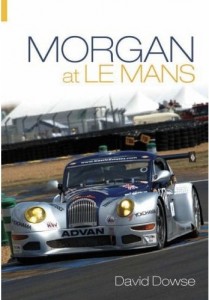







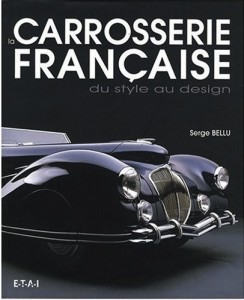

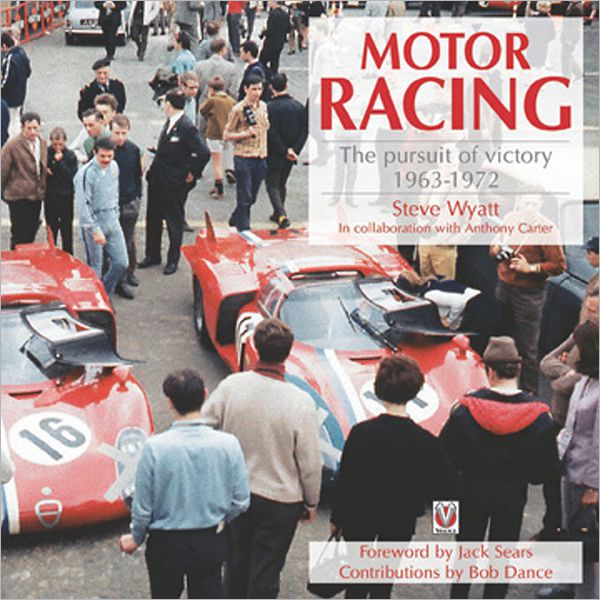






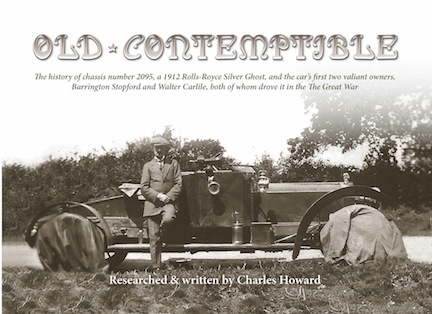
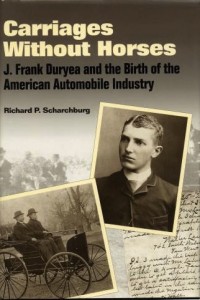
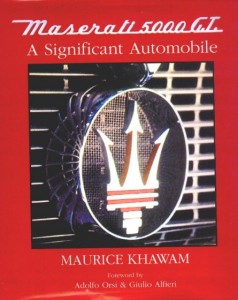






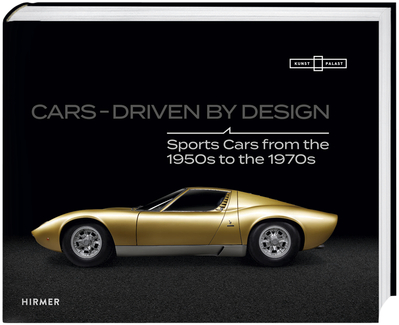



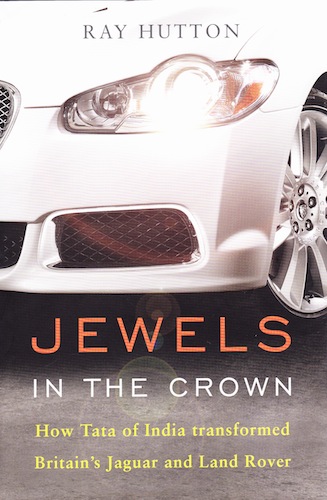



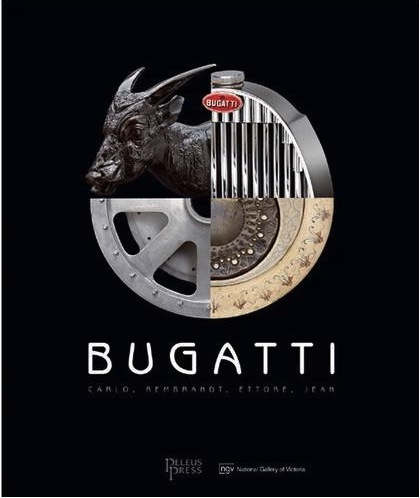




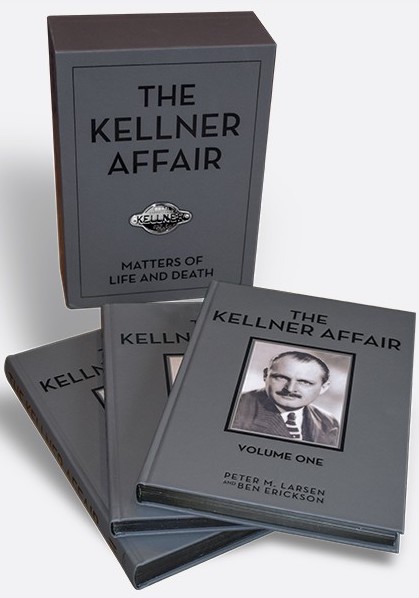


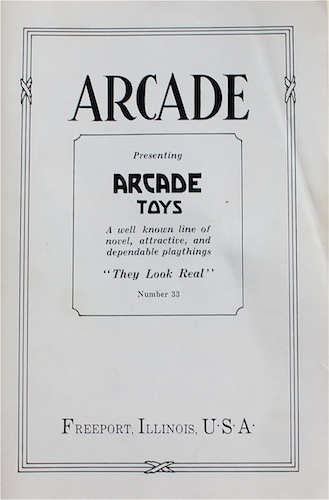
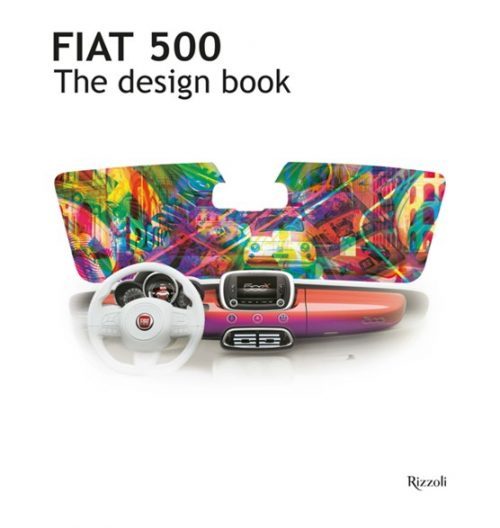







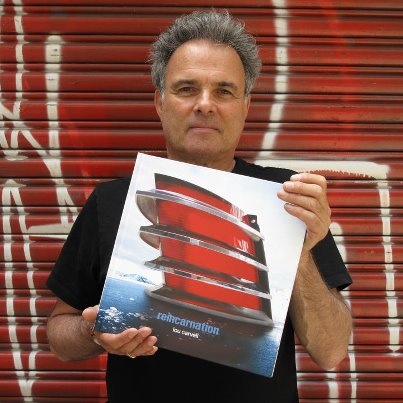
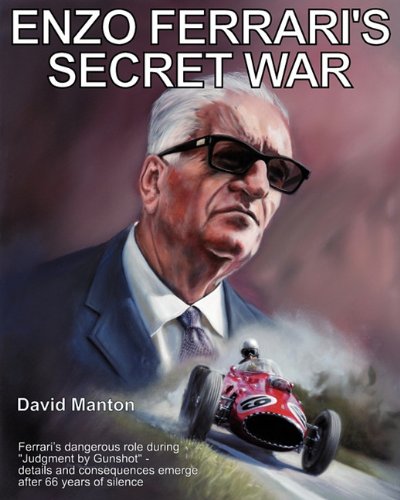


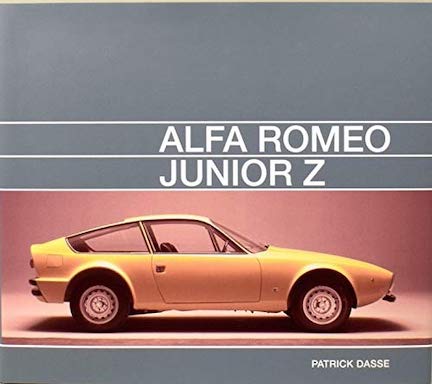


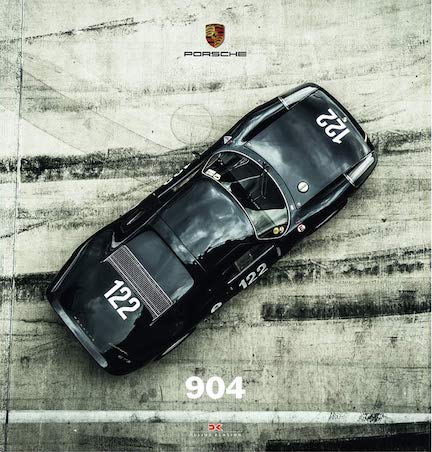



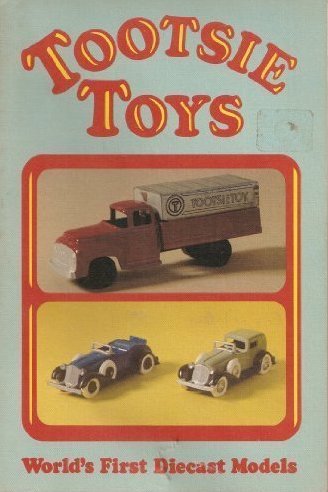


 Phone / Mail / Email
Phone / Mail / Email RSS Feed
RSS Feed Facebook
Facebook Twitter
Twitter